MIAMI | After the death of Pope Francis was announced on April 21, 2025, Archbishop Thomas Wenski said during a press conference at the Pastoral Center in Miami Shores, that “we join Catholics around the world in mourning the loss of the Holy Father and praying for the repose of his soul.”
Pope Francis certainly left his mark on the Church during his 12 years as pontiff.
“He was a Pope of many firsts. He was the first Pope from Latin America, the first Jesuit Pope, and the first Pope to address a joint session of the United States Congress. Additionally, he was the first Pope to appoint women to prominent positions within the Vatican, roles that were previously held by archbishops and cardinals. Significantly, he was also the first Pope from the Americas, hailing from Argentina,” said the archbishop of Miami prior to presiding over a Mass for the eternal repose of Pope Francis at St. Martha Catholic Church, in Miami Shores.
“It is significant that Pope Francis died during Easter Week,” noted the archbishop, adding that Easter is a celebration of our faith in the Resurrection of our Lord Jesus Christ, and in Christ’s Resurrection, we see the promise of our own resurrection. “As St. Paul tells us, ‘If we die with Christ, we will also rise with Him.’ And the Pope died during Resurrection Week. He passed away on Easter Monday.”
It is also noteworthy that St. John Paul II also died 20 years ago on the last day of Easter Week.
We could say that Pope Francis “died with his boots on,” said the archbishop, since his last public appearance was the day before, on Easter Sunday. “It’s a very important day in the life of the Church, when the Pope usually has a message to the city of Rome and to the world, in which he reviews some of the global problems and asks for special prayers.”
In his message, the pontiff alluded to the ongoing conflict between Russia and Ukraine, and Israel’s war against Hamas. He was unable to preside over Mass, and his sermon was read by Monsignor Diego Ravelli, Master of Pontifical Liturgical Celebrations. However, the Pope did deliver his Easter greeting: “Dear brothers and sisters, Happy Easter!”
Archbishop Wenski mentioned that he has met with Pope Francis on five or six times. The first time occurred shortly after his election as pontiff in 2013, during a commemoration in Rome marking five years since the earthquake in Haiti.
On that occasion, the archbishop had the opportunity to speak with the pontiff and told him, “You know, the best thing about Miami is that it’s so close to the United States.”
“He really enjoyed that”, the archbishop recalled. “He laughed, and he laughed very loudly because, being from Latin America, he would understand what Miami represents to the hemisphere.”
He later met the Holy Father on his trip to Cuba in 2015. The pope then traveled to Washington, D.C.
“Those trips were quite significant,” the archbishop asserted, because Pope Francis celebrated Mass outside the Basilica of the National Shrine of the Immaculate Conception in Washington, D.C. and then became the first pope to address a joint session of Congress.
In 2020, he met with Pope Francis for the last time during an ad limina visit, in which bishops from a region go to Rome and present a report to the Holy See on the state of their dioceses, “and have the opportunity to discuss it with the Holy Father,” the archbishop explained, adding that they met for almost two hours with the other 20 bishops of the region.
The Pope “was very relaxed and very open to listening to our opinion and sharing his own.” That meeting took place just before the start of the COVID pandemic in February 2020.
During the press conference, the archbishop highlighted that Pope Francis will be remembered for being an “advocate for migrants.”
On his first trip outside Rome after being elected Pope, he went to the Italian island of Lampedusa, where African refugees who had been shipwrecked on their way to Europe were stranded.
“He wanted to make it clear that the Church must be close to refugees, because Jesus Christ was also a refugee,” the archbishop affirmed.
Pope Francis has long been aware that “the situation in the Americas is very dramatic because of immigration, and he has always spoken out and advocated on behalf of immigrants,” he noted.
Regarding Cuba, Archbishop Wenski said that “what marks a ‘before and after’ in relations between Cuba and the Church was the visit of John Paul II in 1998.” He noted that the subsequent visits of Popes Benedict and Francis were made possible by that first papal visit.
He explained that the three visits should be discussed together because “each visit was like an injection of hope. Pope John Paul II said, ‘I come as a messenger of peace.’ Francis said that he went ‘as a messenger of hope,’ and that hope is essential for achieving peace in Cuba. As Benedict XVI said, ‘Where there is no God, there is no hope, there is no future.’”
The visits of the three Popes “were an effort to reintroduce the island to a relationship with God, so that the people could find hope for a better future,” stated Archbishop Wenski.
Pope Francis visited Cuba twice, once on a formal visit that took him to several cities. The other was on his way to Mexico in February 2016, when he stopped in Cuba for a few hours to meet with the Patriarch of the Russian Orthodox Church, Kirill (Cyril). This was the first and only meeting between the leaders of two of the main branches of Christianity since they separated in 1054.
The pope also expressed concern for other Latin American nations, such as Venezuela and Nicaragua, which currently has four bishops in exile and has not had an apostolic nuncio for more than three years.
“The Vatican’s policy is based on moral force, not military force. We must fight, not with weapons of violence, but with the weapons of truth and love,” the archbishop declared.
The Holy Father showed concern for Haiti as well, appointing the first and only Haitian cardinal at the beginning of his pontificate, Cardinal Chibly Langlois.
When asked if Pope Francis was a reformer, the archbishop replied that, “I think every pope is a reformer in a certain sense, because every pope comes with his unique talents and to make a contribution to the life of the Church.”
Pope Francis made it clear that the Church must be close to the people, especially those on the margins. He spoke out strongly against what he saw as the globalization of indifference and the culture of discard, “the throwaway culture,” as he called it.
He was not just referring to rampant consumerism. We buy things and throw them away, and in the process, we are damaging the environment. We also must recognize the unacceptable ease with which we discard people, dismissing them as unimportant or expendable.
Perhaps one of Pope Francis’ greatest achievements is that “people are returning to the Church.”
“We may be on the cusp of a renaissance. That is one of the contributions of the Holy Father since the end of the COVID pandemic,” said Archbishop Wenski.
Pope Francis communicated with simple gestures, which conveyed a sense of openness.
“Many people were deeply moved by the Pope; I have heard that many non-Catholics liked him,” he observed.
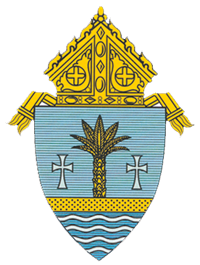

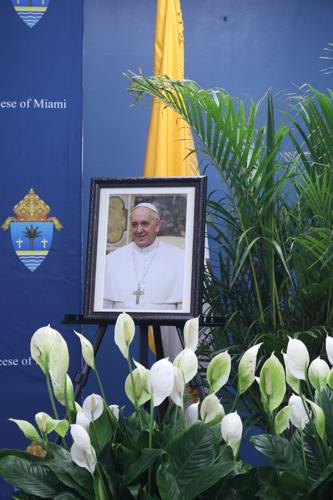
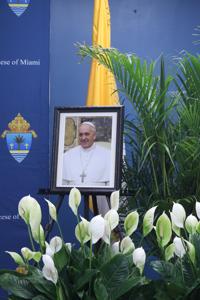
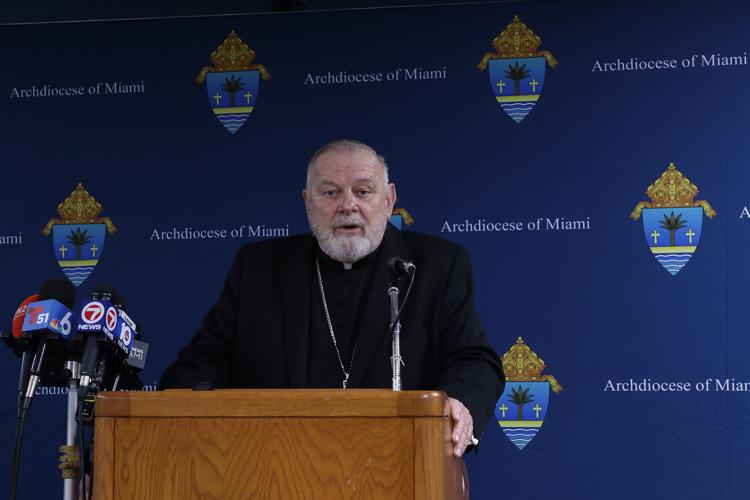
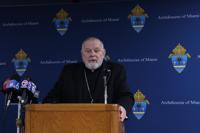

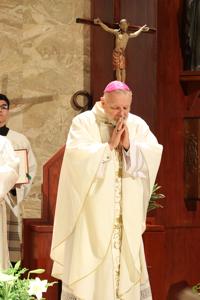

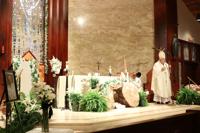

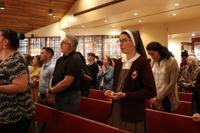


(0) comments
Welcome to the discussion.
Log In
Post a comment as Guest
Followers are encouraged to post questions, comments and concerns, but should remember this is a moderated online discussion hosted by Florida Catholic Media.
Florida Catholic Media appreciates healthy, constructive debate and discussion; that means comments must be kept civil in tone and reflect the charity and respect that mark Christian discourse.
Use the 'Report' link on each comment to let us know of abusive posts.